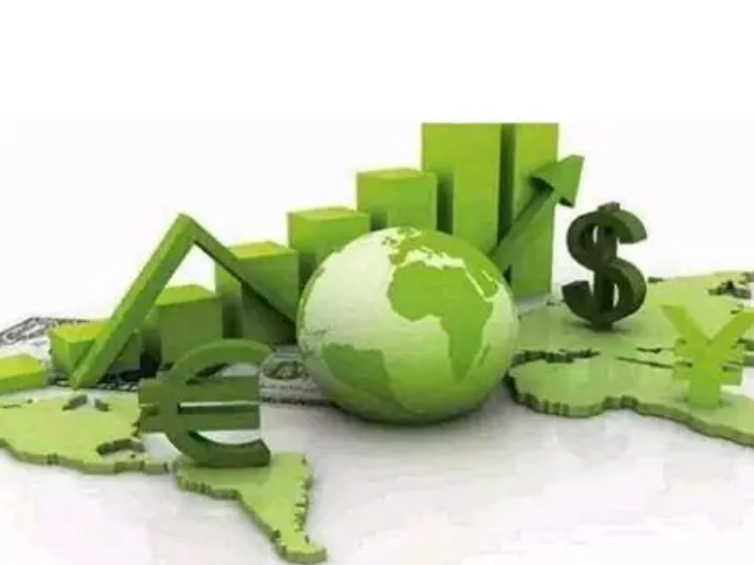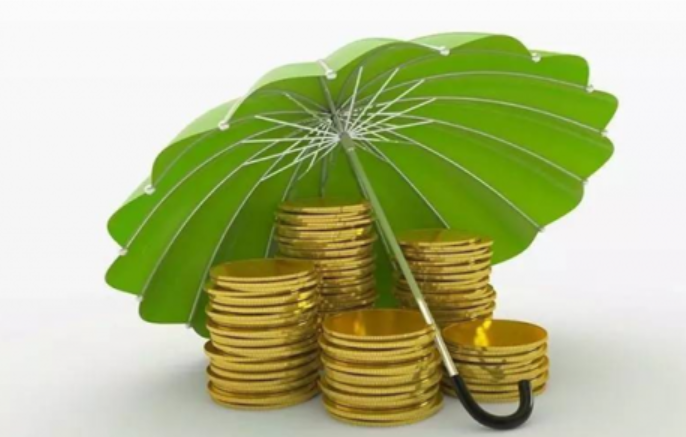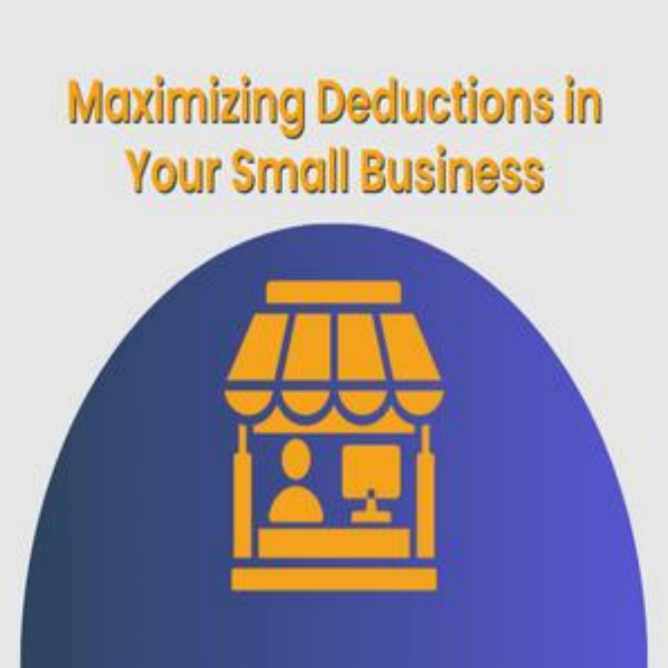
For Western investors aged 20-40—who prioritize environmental, social, and governance (ESG) goals alongside financial returns—the green bond market has emerged as a cornerstone of sustainable portfolios. Since 2020, annual issuance has more than doubled, surpassing $500 billion in 2024 (per the Climate Bonds Initiative), driven by governments, corporations, and multilateral institutions racing to fund low-carbon projects. Yet beneath this growth lies a set of pitfalls that young, ESG-focused investors must navigate to avoid misaligned goals and financial risks.
The market’s boom is fueled by diversified demand and clear impact alignment, making it appealing to both retail and institutional investors. Governments like Germany and Canada have led the way: Germany’s 2023 €15 billion green bond issuance, earmarked for wind and solar infrastructure, was oversubscribed three times, with 40% of buyers under 40 (per the German Federal Ministry of Finance). Corporations have followed suit: tech giant Apple issued a $2.2 billion green bond in 2024 to fund its supply chain decarbonization, attracting young investors via its transparent reporting on emissions reductions. These bonds offer a unique value proposition: they typically match or exceed the yields of traditional bonds while letting investors contribute to climate action—a priority for 76% of EU under-40s, according to a 2024 Eurostat poll. For a 32-year-old U.S.-based investor building a long-term portfolio, green bonds provide a way to align savings with their goal of supporting net-zero transitions.

Yet the market’s rapid expansion has exposed critical pitfalls, starting with greenwashing—the practice of overstating a bond’s environmental impact. In 2023, a major European automaker faced backlash after its €1 billion “green bond” was found to fund factories producing hybrid vehicles (which still rely on fossil fuels) rather than fully electric models. Without universal standards for what qualifies as “green,” investors risk pouring money into projects that fail to deliver on climate promises. Young investors, who often rely on issuer self-reporting, are particularly vulnerable: a 2024 survey by the U.S. Securities and Exchange Commission (SEC) found 62% of under-40 green bond buyers admitted they “rarely verify” project claims independently.
A second pitfall is fragmented standards across regions, creating confusion for cross-border investors. The EU’s Sustainable Finance Disclosure Regulation (SFDR) mandates strict reporting, but the U.S. lacks a federal framework, leading to inconsistent labeling. For example, a bond classified as “green” in the U.S. might not meet EU criteria, limiting its liquidity if an investor wants to sell in European markets. This fragmentation also raises costs: a 35-year-old UK-based portfolio manager told the Financial Times in 2024 that verifying bonds across jurisdictions adds 15% to their due diligence time.
Liquidity risk is a third, often overlooked challenge. Unlike government or corporate bonds, many green bonds are issued in smaller denominations or tied to niche projects (e.g., community solar), making them harder to sell quickly. During market volatility in early 2024, some green bondholders reported waiting weeks to offload positions—frustrating young investors who value flexibility in their portfolios.

For Western investors aged 20-40, green bonds remain a powerful tool for sustainable investing—but only with caution. Prioritizing bonds certified by third-party bodies (e.g., the Climate Bonds Standard) and focusing on issuers with a track record of transparent reporting can mitigate risks. As regulators work toward global standards, the market’s potential to drive climate action and financial returns will only grow—if investors stay vigilant against its hidden pitfalls.







